Urals Montane Forest and Taiga
The ecoregion’s land area is provided in units of 1,000 hectares. The conservation target is the Global Safety Net (GSN1) area for the given ecoregion. The protection level indicates the percentage of the GSN goal that is currently protected on a scale of 0-10. N/A means data is not available at this time.
Bioregion: Ural Mountains & West Eurasian Taiga Forests (PA8)
Realm: Subarctic Eurasia
Ecoregion Size (1000 ha):
17,500
Ecoregion ID:
719
Conservation Target:
67%
Protection Level:
3
States: Russia
The only mountain range in the world to divide two continents, this rugged spine of Central Eurasia is known as the Stone Belt. Forested with a diversity of tree species, the rocky hillsides are a treasure trove of important minerals: iron, copper, and gold are abundant, as are many precious gemstones, including amethyst, topaz, and emerald. Burgeoning with deep lakes and winding rivers, the mountain forests are vital water sources for lands as far-flung as the Arctic coast and the Caspian Sea. Bounding deftly along the forest floor, the agile little sable is iconic in these woodlands, known for its exquisitely silky, lustrous fur.
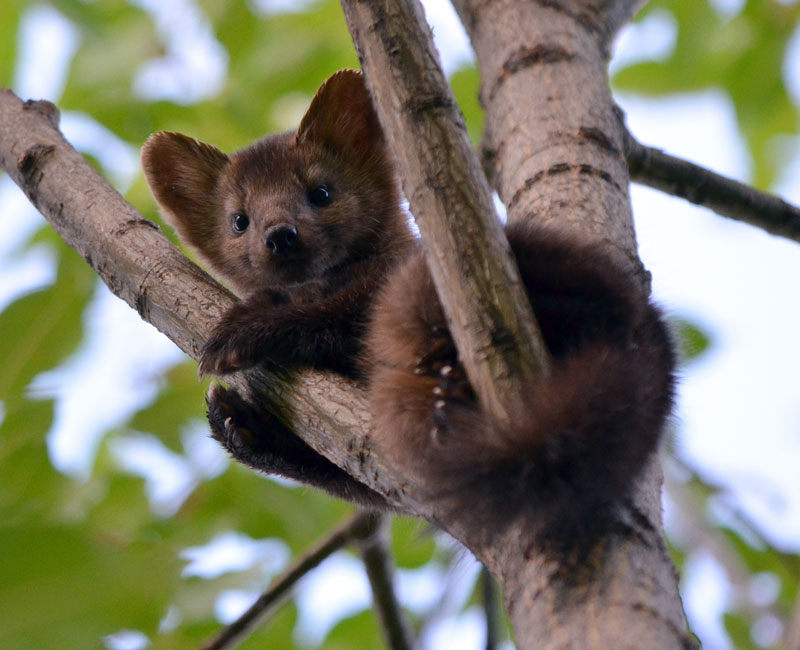
The flagship species of the Urals Montane Forest and Taiga ecoregion is the sable (Martes zibellina).
This ecoregion is centered on the Ural Mountains, a 2,000 km range that runs north-south through the Russian Federation, from the Arctic Ocean to the Ural River. The broad latitudinal range gives rise to extraordinarily diverse forests. Coniferous taiga of Siberian fir, Siberian pine, Scots pine, Siberian spruce, Norway spruce, and Siberian larch is admixed with silver and downy birches.
The Polar forests in the far North are sparse and abound with swamps, lichens, dwarf birch, and berries. The greatest diversity can be found in the South, where conifers thrive alongside English oak, Norway maple, small-leaved linden, and elm. The continental climate is marked by temperature extremes and becomes increasingly evident from North to South and West to East. Strewn with glaciers, the Northerly mountains harbor the highest peak of the region, Mount Narodnaya, at 1,895 m.
A rich variety of wildlife can be found in this ecoregion, reflecting the pronounced diversity of habitats. Taiga forests shelter brown bears, elk, and capercaillie, whilst mixed forests are home to roe deer and ermine. Typically, Siberian species coexist with those more familiar to the European forests, as demonstrated by the overlap in ranges of sable with pine marten; these small mammals often hybridize in the Urals to produce offspring called kidus. As these mountains are low and accessible, endemism is low. There is, however, an endemic subspecies of Northern pika, and the endemic leaf beetles Chrysolina septentrion and Chrysolina subcostata feed specifically on the endemic alpine plants Lagotis uralensis and Anemonastrum biarmiensis, respectively.
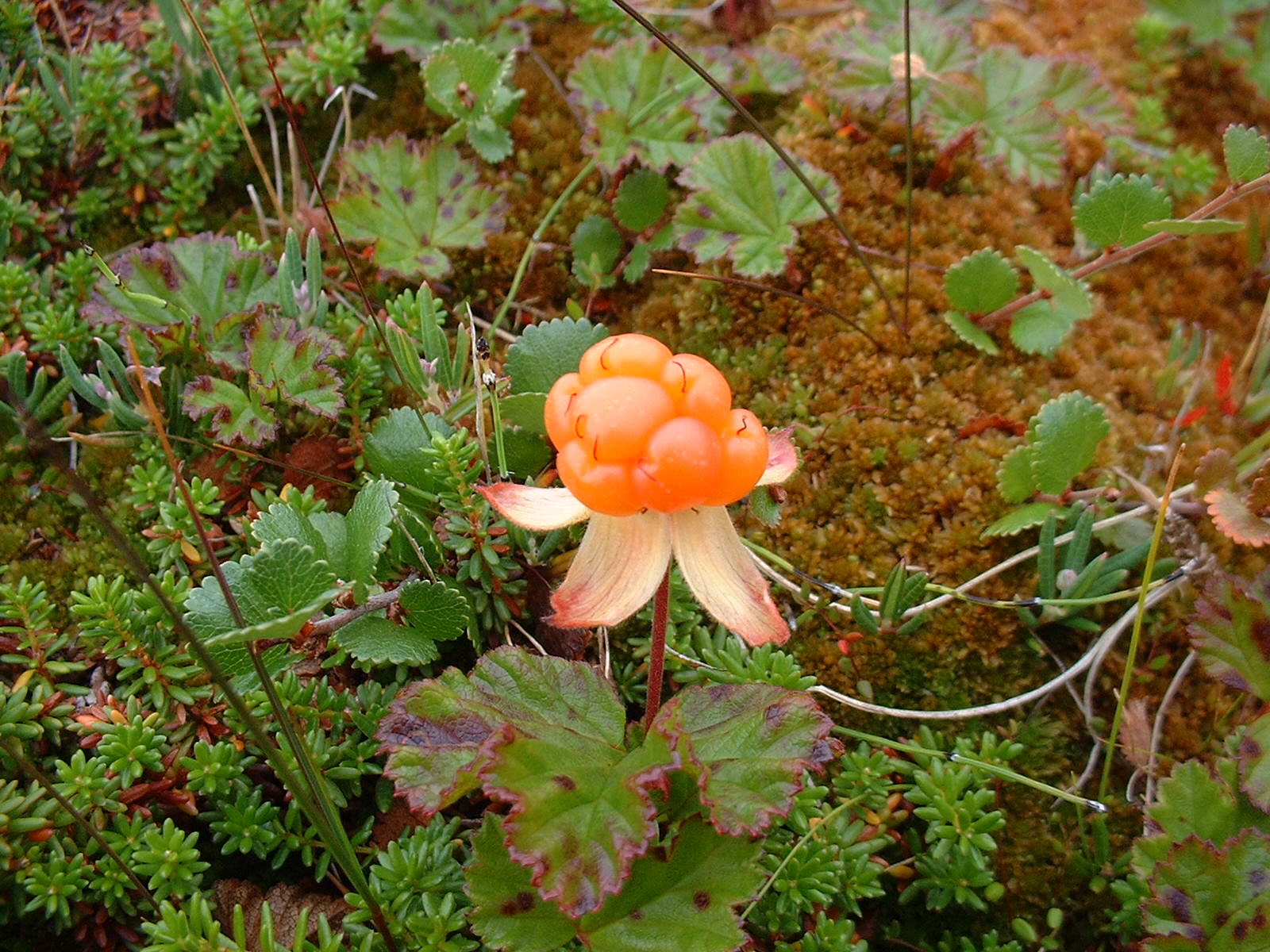
Cloud berry. Image credit: Creative Commons
Indigenous communities of Nenets, Komi, Mansi, and Khanty are the only human inhabitants in the highest parts of the mountains, where they have preserved their traditional way of life through reindeer herding, hunting, and fishing. Elsewhere, the population is largely Russian. Since the 18th century, mining for metal ores, coal, and precious stones has been the most economically significant activity: the region has even been known as the “smithy of Russia.” The forests also yield valuable timber, and industrial logging has been carried out for 300 years.
Furthermore, spas and sanatoriums have been constructed to take advantage of the medicinal muds harbored within some of the mountain lakes. The Northern portion of the forests is protected within the World Heritage Site of the Virgin Komi Forests, one of the most extensive areas of boreal forest remaining in Europe. In the Southwest, the Bashkirskiyi Ural Biosphere Reserve protects both wildlife and cultural traditions, such as beekeeping, producing the famous Bashkir honey.
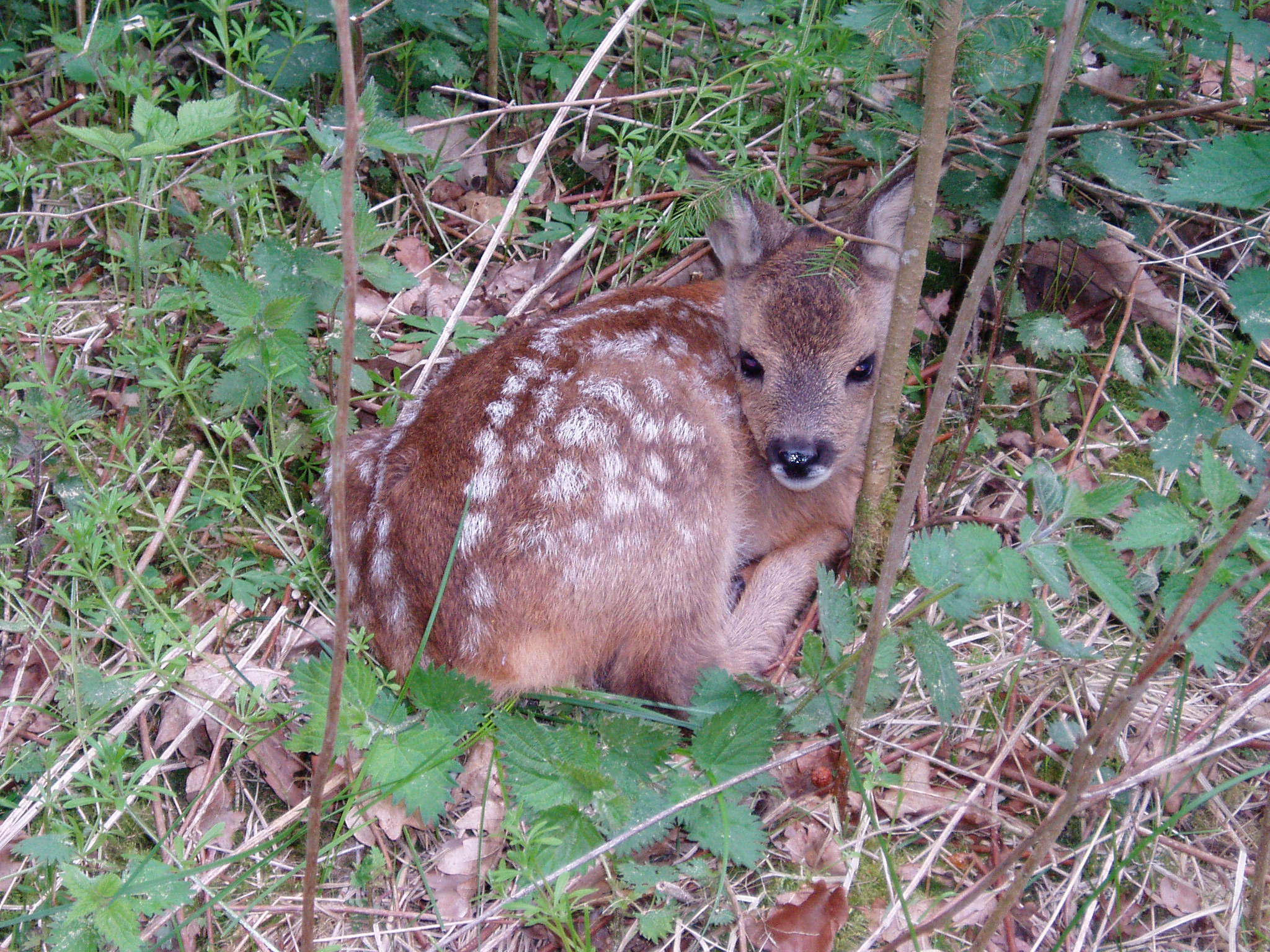
Roe deer. Image credit: Jan Bo Kristensen, Creative Commons
Logging has been the main threat to these forests: intensive cutting of dark conifers has caused an extensive change in forest composition, with a prominent decrease in the prevalence of Siberian spruce and Siberian fir. In the far South, metallurgy has resulted in severe atmospheric pollution and contamination of water. Additionally, a warming climate over the past century has caused a notable upwards shift in the treeline, reducing the area of alpine grasslands habitat. Establishing protected areas has been the key method of conservation in the Ural Mountains. Sable have endured a history of intensive hunting for their luxuriant furs, but targeted conservation efforts, including harvest restrictions, have enabled populations to increase again.
The priority conservation actions for the next decade will be to 1) tailor forestry approaches such that natural species composition is taken into account and preserved where possible; 2) enhance connectivity of protected areas to maintain vital wildlife corridors; and 3) monitor pollution levels around industrial sites and their consequent impact on biodiversity.
Citations
1. Ivanova, N., 2014. Differentiation of forest vegetation after clear-cuttings in the Ural Montains. Modern Applied Science, 8(6), p.195.
2. Russian Nature. Ural. [Online]. [Accessed 30th July 2019]. Available from: http://www.rusnature.info/zap/05.htm
3. IUCN Redlist. Sable. [Online]. [Accessed 30th July 2019]. Available from: https://www.iucnredlist.org/species/41652/45213477#conservation-actions
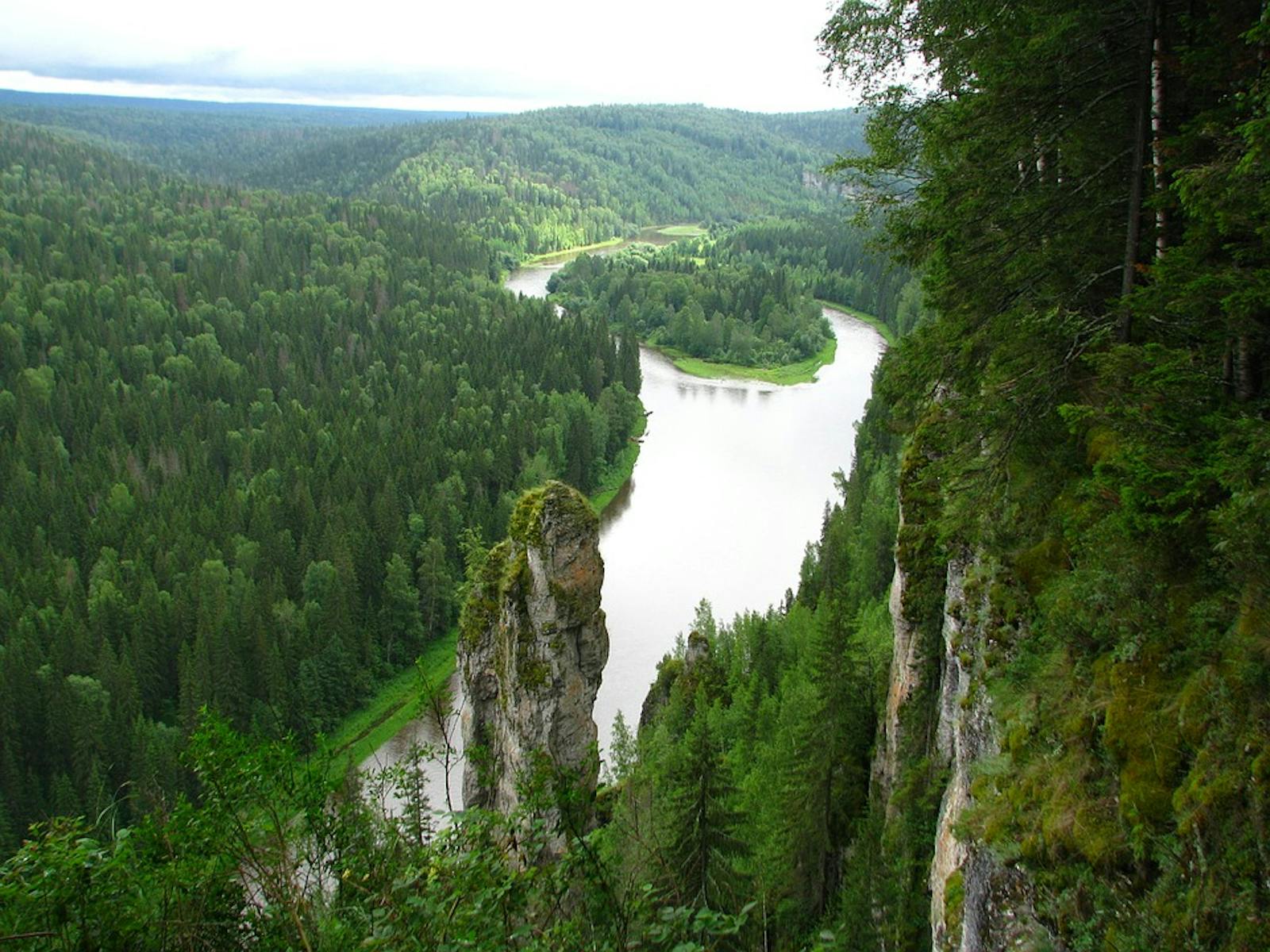
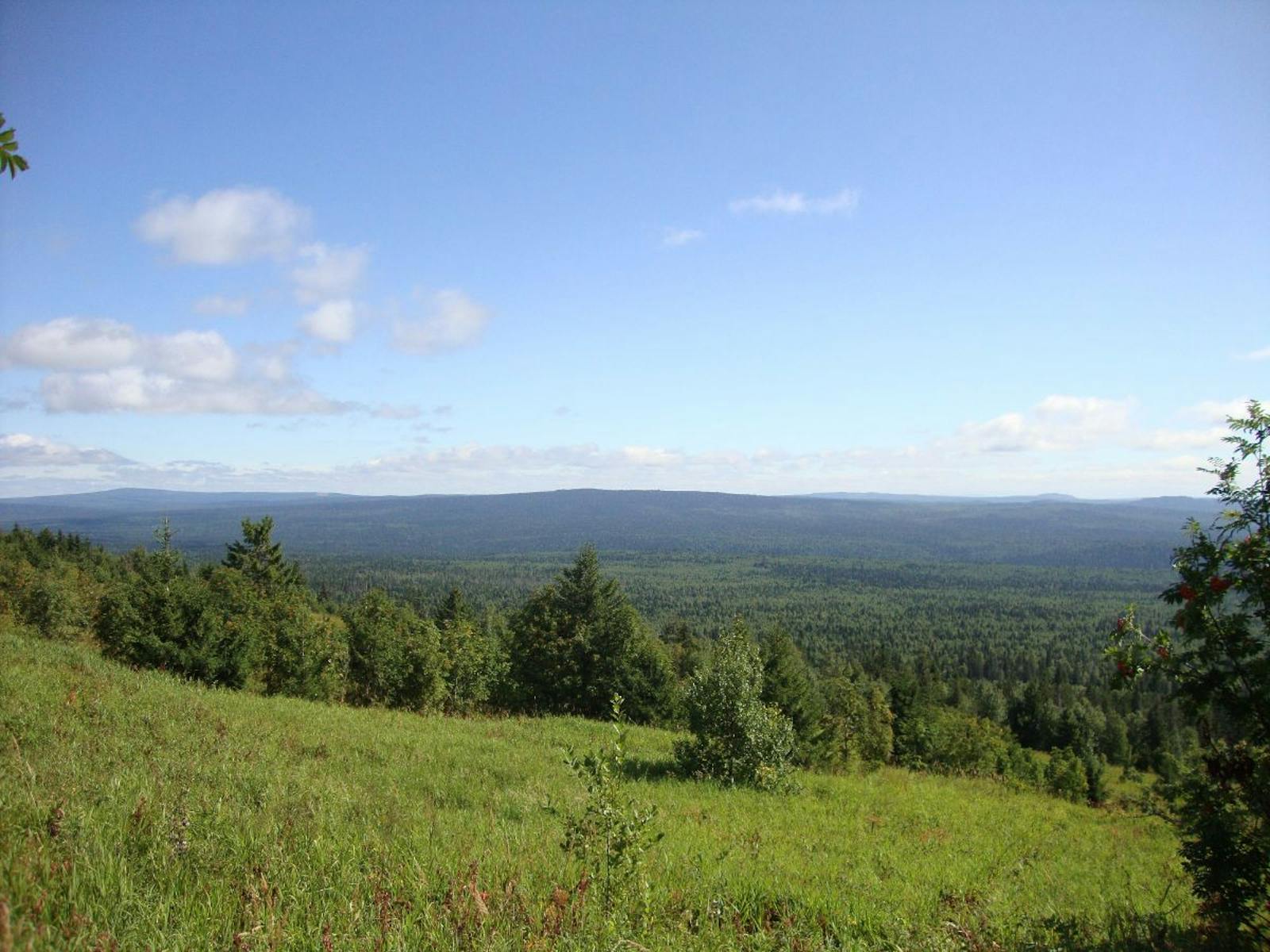
.png?auto=compress%2Cformat&w=300)

